
The Narwhal: BC Conservative Leader says his party would kill ‘nonsense’ plans for new protected areas
As the BC Conservatives surge in the polls, party leader John Rustad — kicked out of the BC Liberal caucus for promoting a tweet spreading misinformation about climate change — says he would scrap the province’s pledge to create new conserved areas
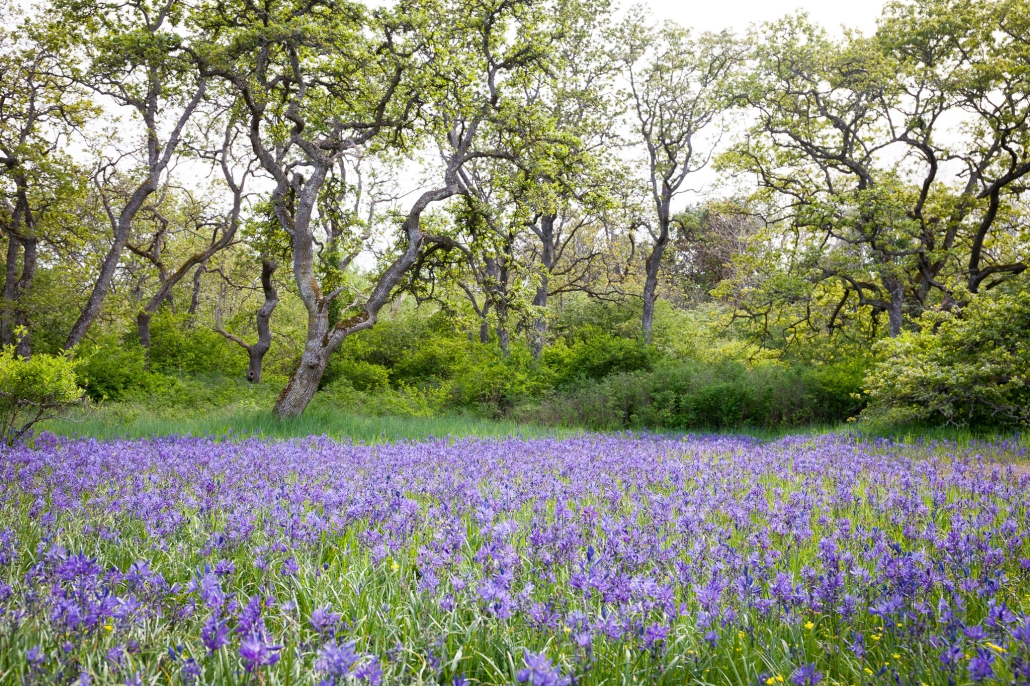
Camas Lily
The camas lily, known for its glorious blue-purple flowers that can blanket whole meadows, is native to the Garry oak ecosystems of southeastern Vancouver Island.
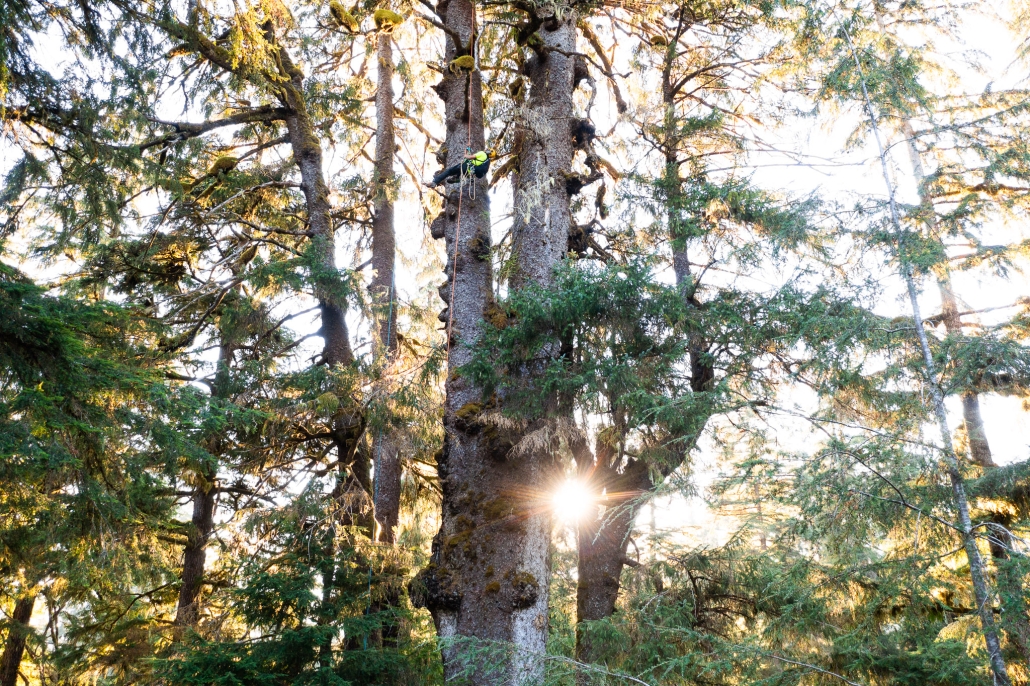
Global News: Get a bird’s-eye view from one of Vancouver Island’s tallest trees
The Ancient Forest Alliance team scaled a massive 71-metre (223-foot) tall Sitka spruce in the Carmanah Valley on southwestern Vancouver Island.
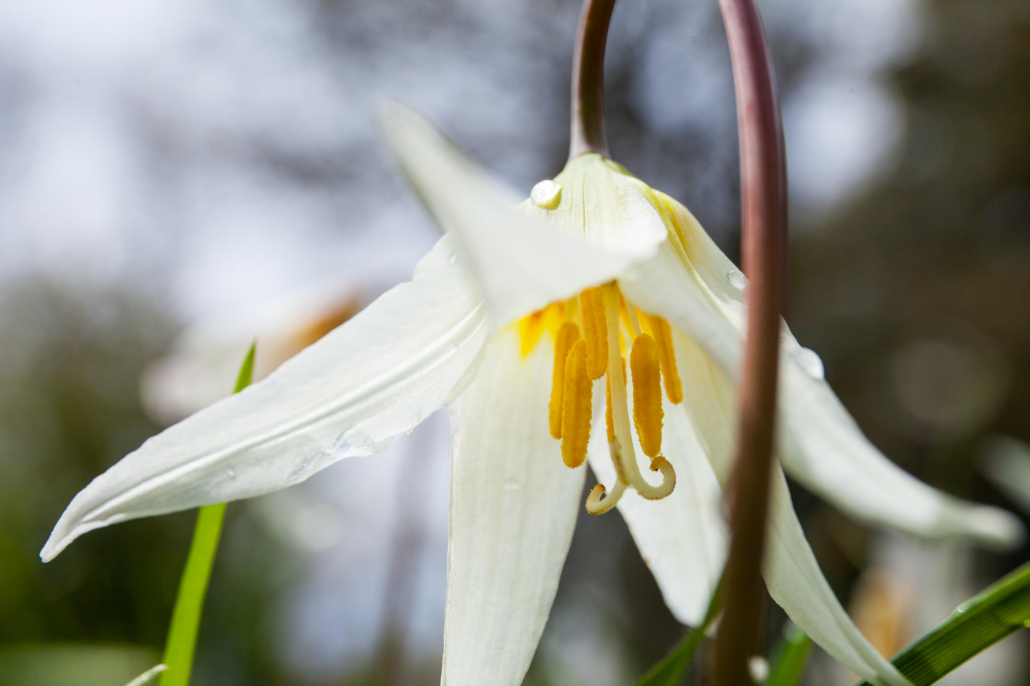
Thank you to these businesses and artists for their support!
We’d like to take the opportunity to extend a massive thank you to the following businesses and artists for recently supporting the old-growth campaign.
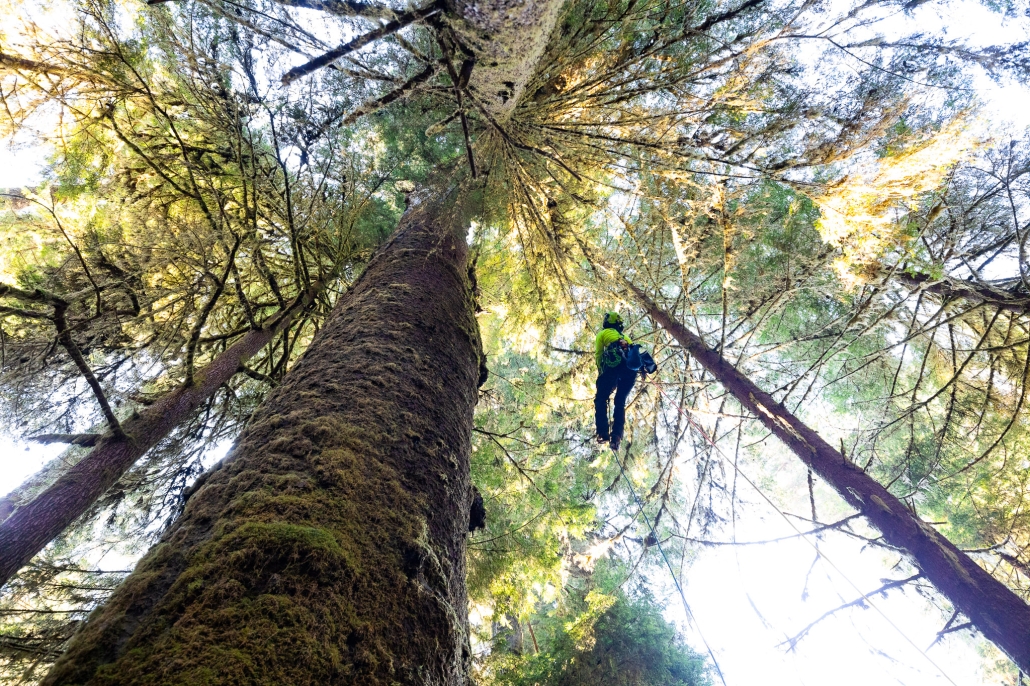
CTV News: Carmanah Valley Sitka Spruce Climb
See this CTV News video coverage of AFA staff and professional arborists at Bartlett Tree Experts who locate and climb the largest Sitka spruce tree in BC’s famed Carmanah Valley.
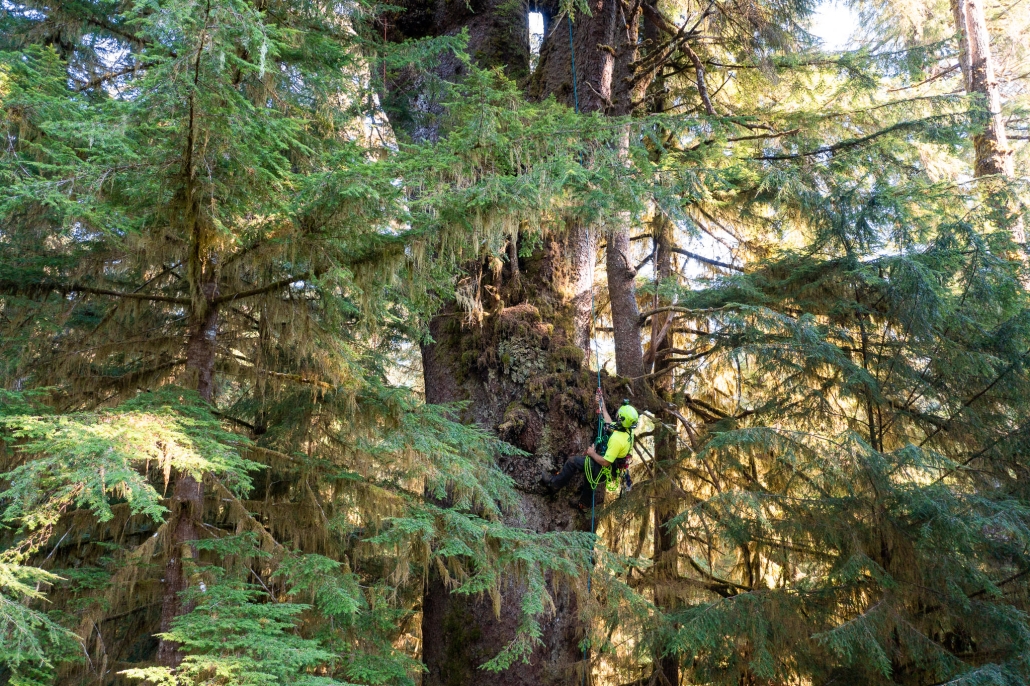
Victoria Buzz: BC environmentalists climb and measure Carmanah Valley’s largest Sitka spruce tree
In recognition of Earth Month, members of AFA decided they would showcase one of Vancouver Island’s largest old-growth giants by climbing and measuring it, and capturing drone footage of the process.

Conservationists locate and climb the largest Sitka spruce tree in BC’s famed Carmanah Valley
Spectacular drone footage and photos reveal climbers more than 20 stories in the air in the “hydra-like” canopy of an old-growth Sitka spruce, highlighting the incredible grandeur of old-growth forests in British Columbia during Earth Week.

AFA’s TJ Watt to Present at TEDxVictoria on May 15!
Catch Ancient Forest Alliance Photographer and Campaigner TJ Watt at the TEDxVictoria event on May 15th! Tickets still available.

Fawn Lily
A graceful straight stem, curving elegantly at the top like a tiny streetlamp with beams of golden light spilling down — the fawn lily is such a picturesque beauty, that once seen, it will never be forgotten.
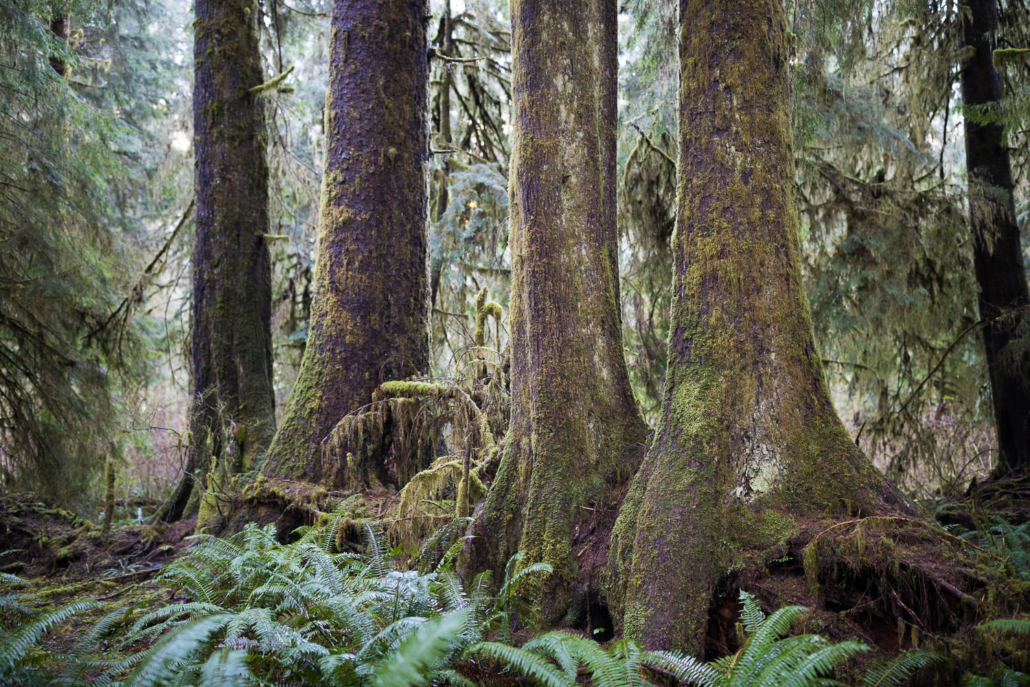
Thank you to our incredible business supporters!
We’d like to take the opportunity to extend a massive thank you to the following businesses for recently supporting the old-growth campaign.
